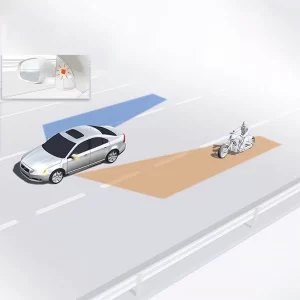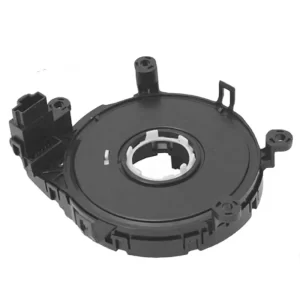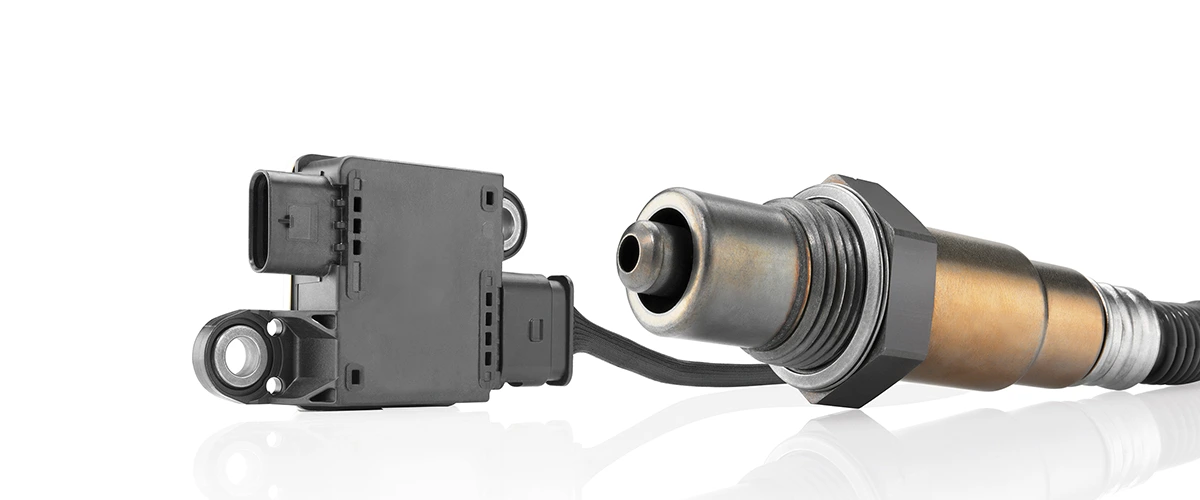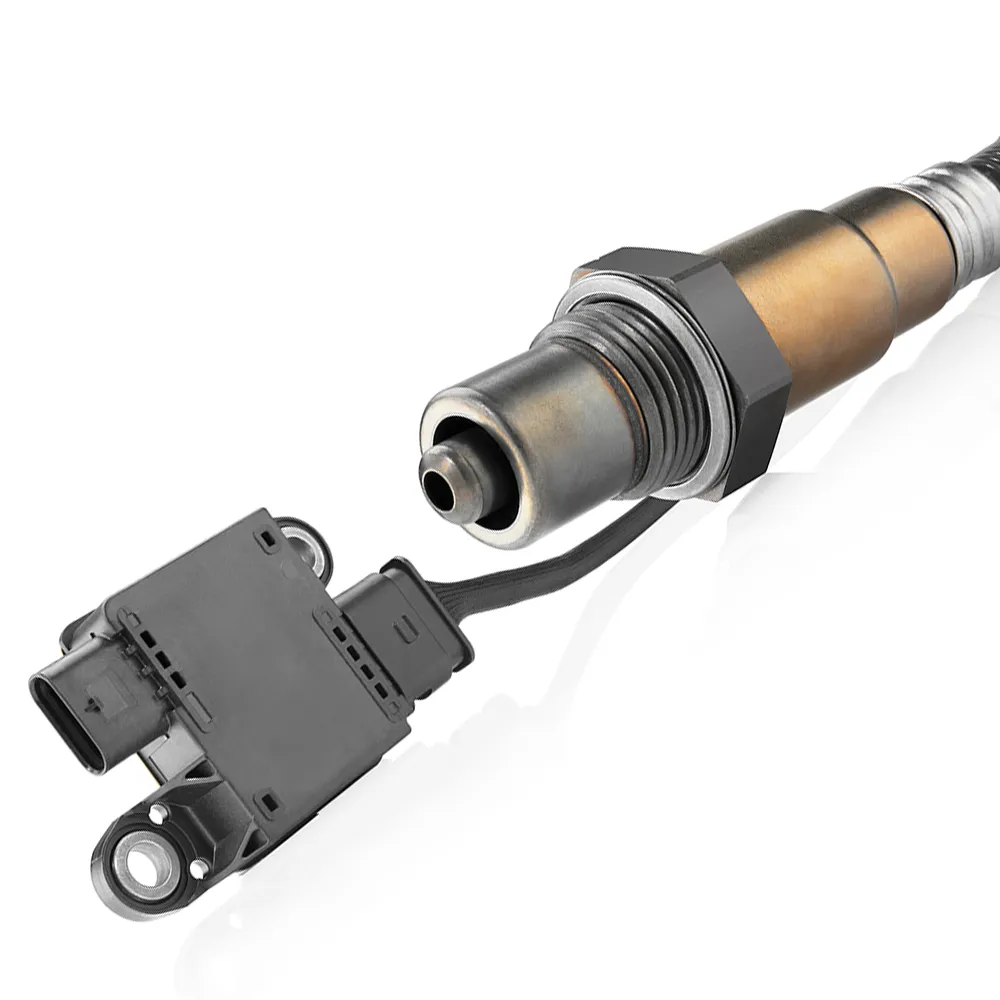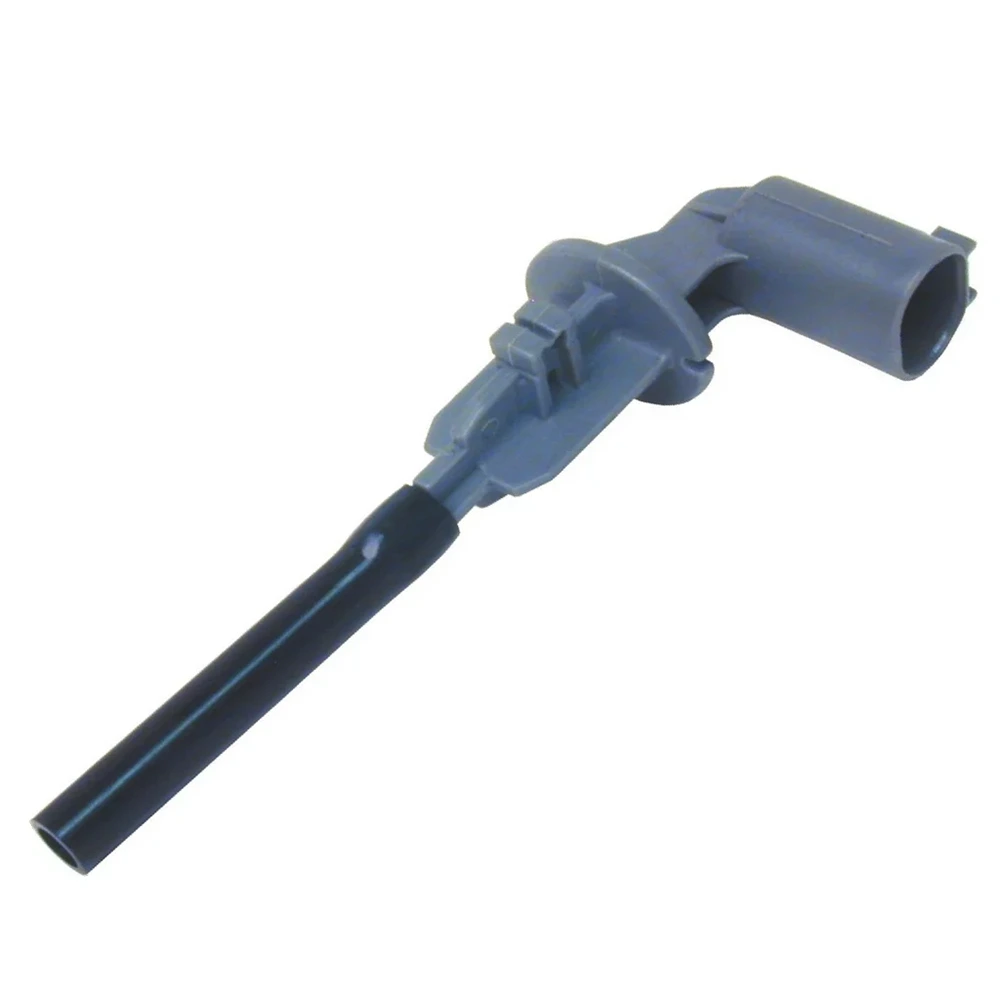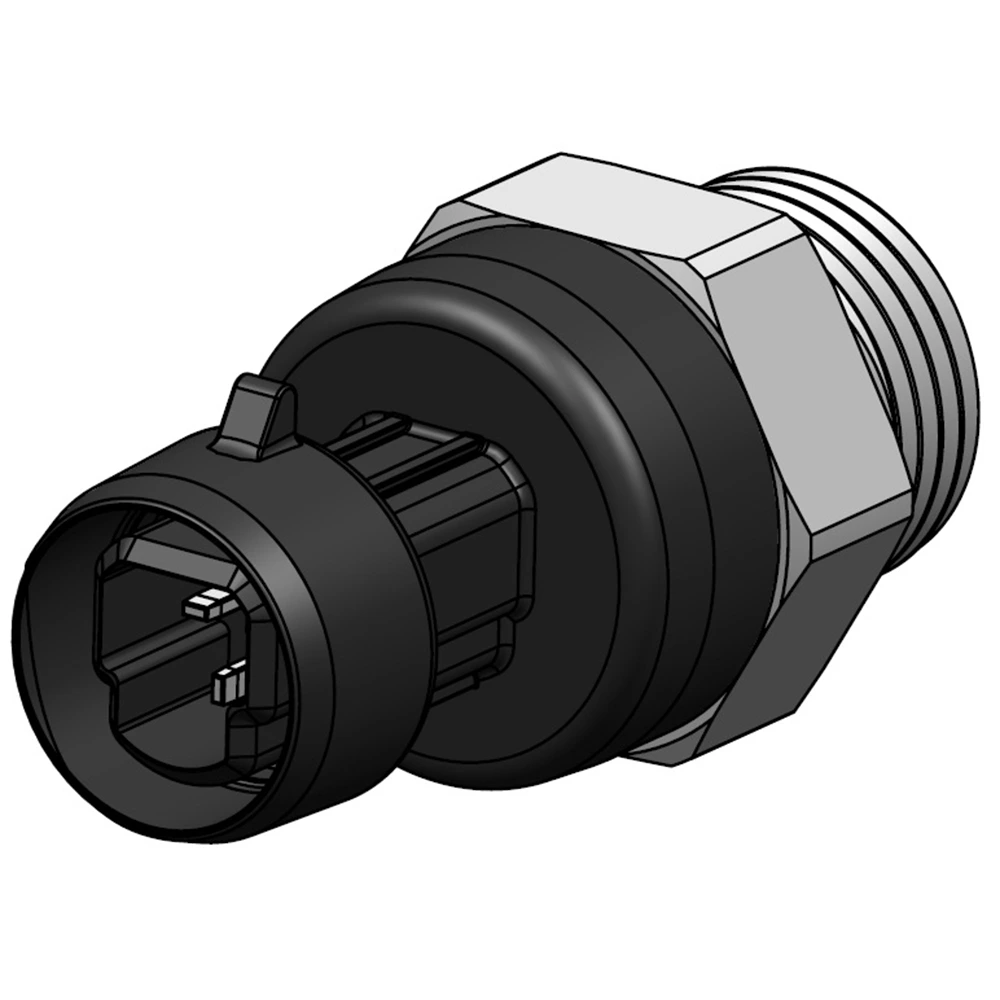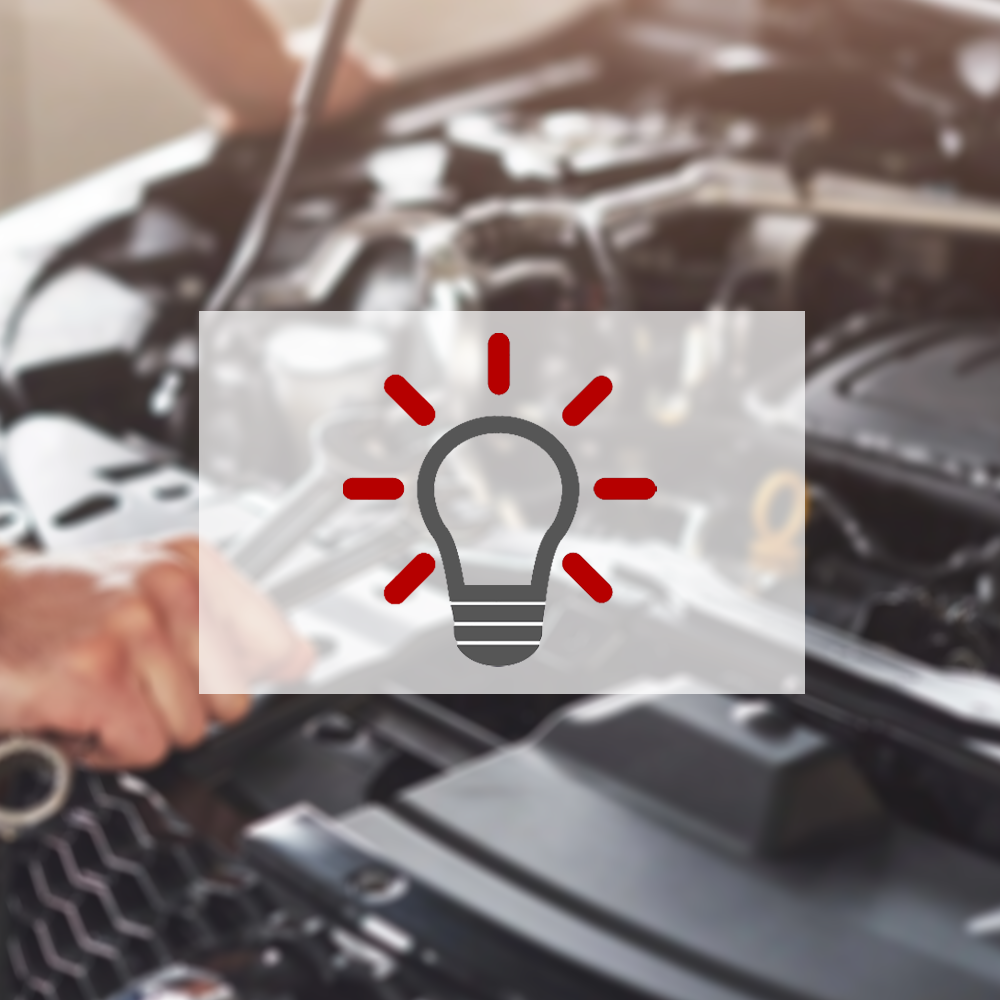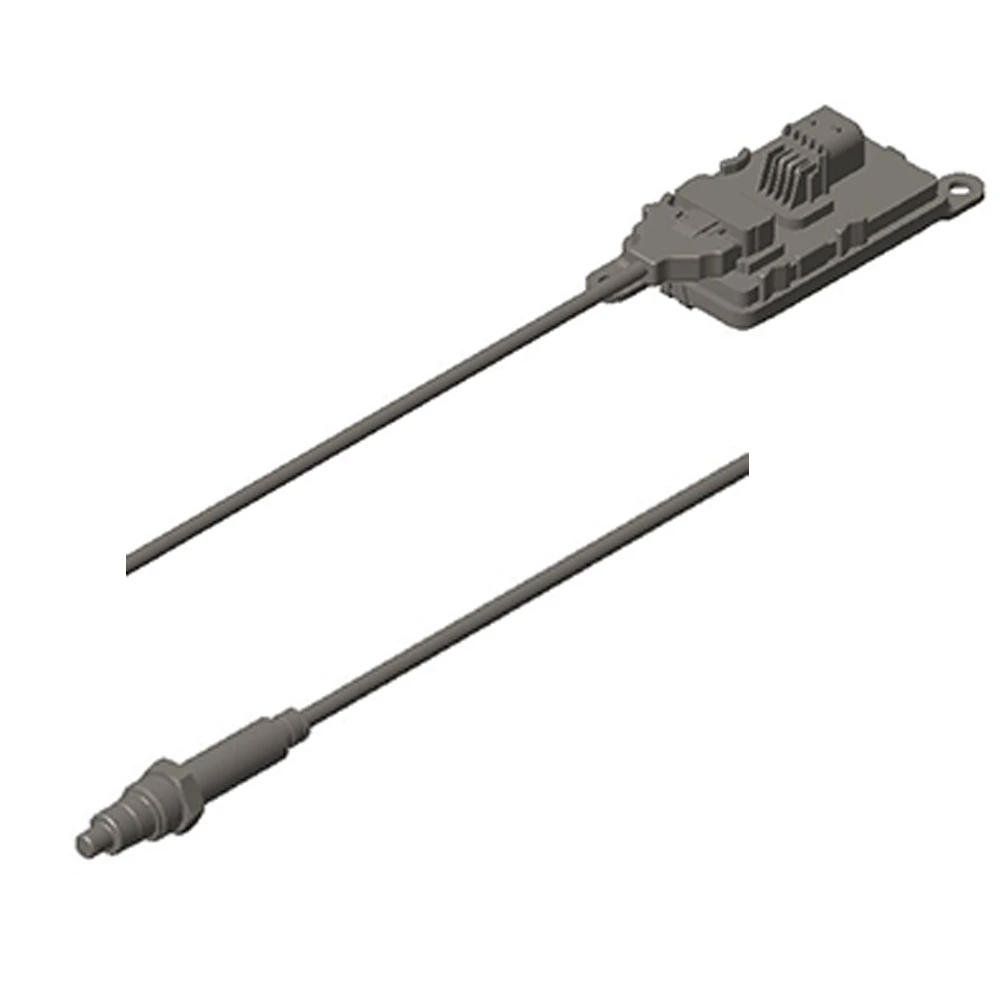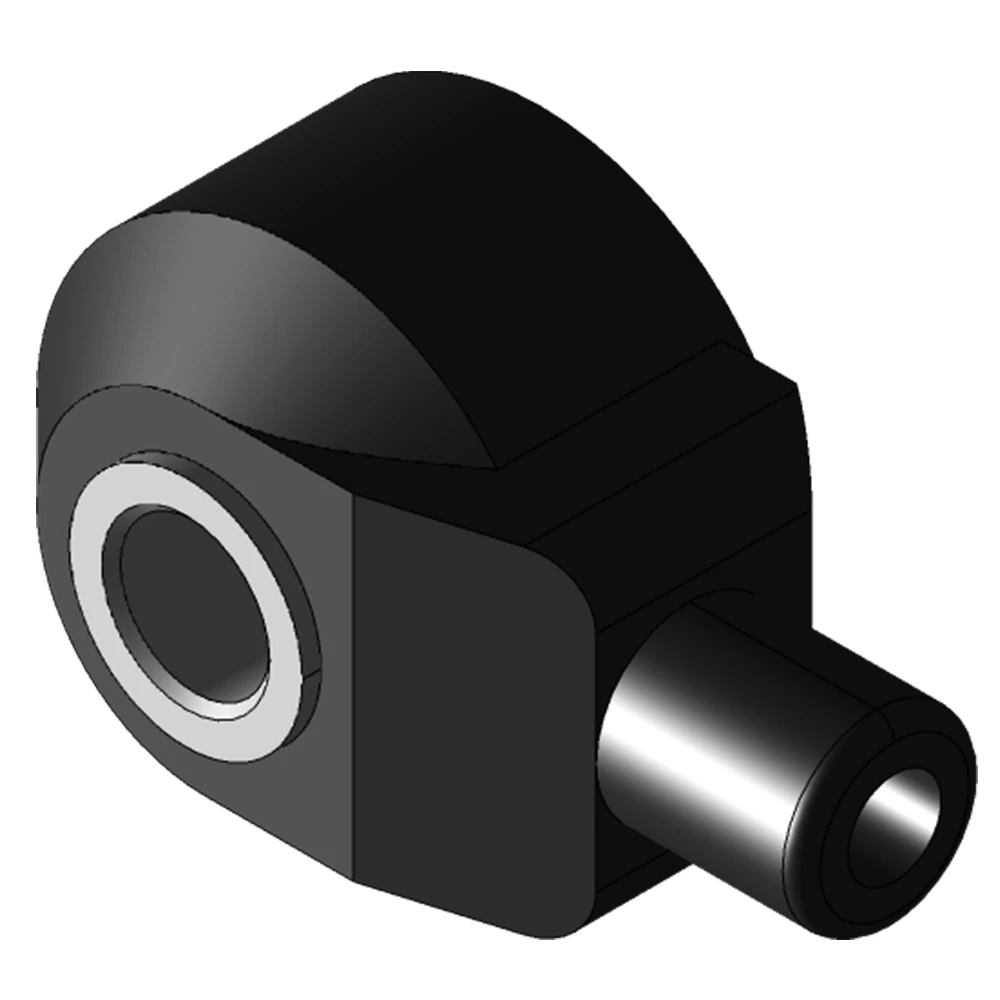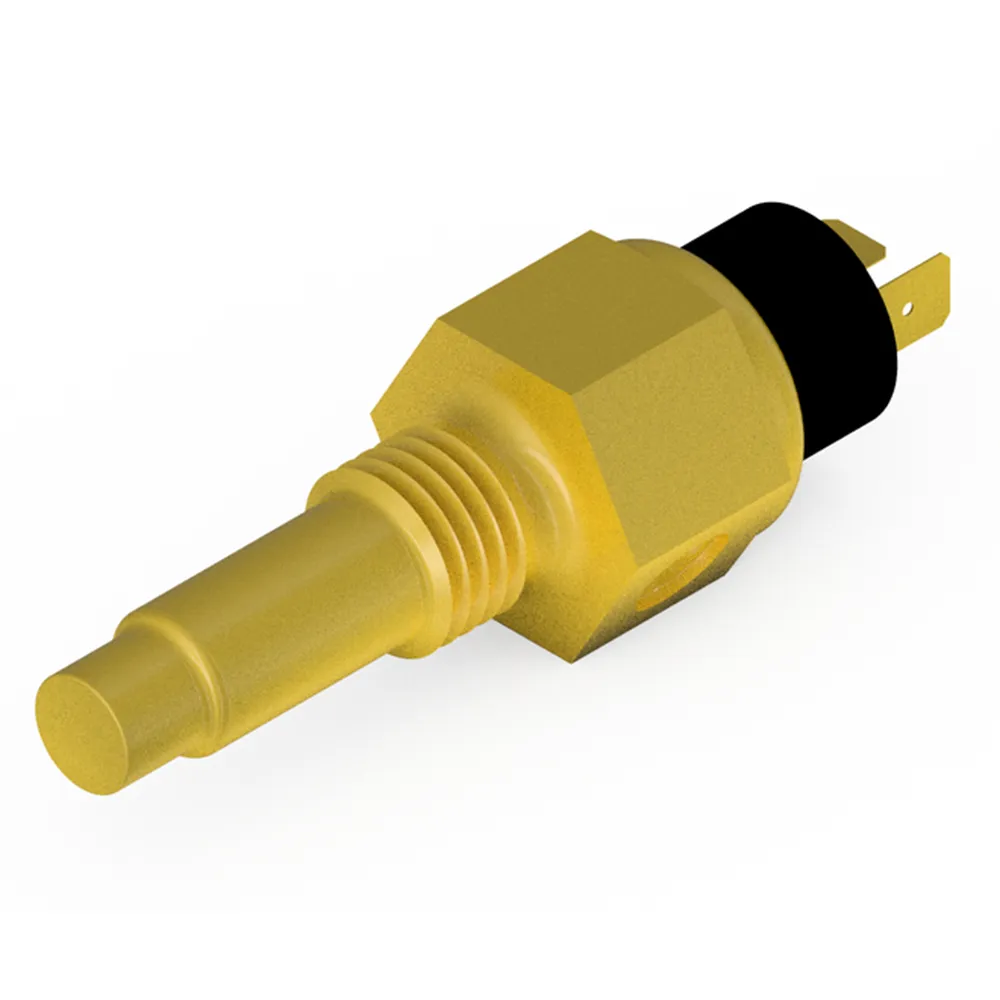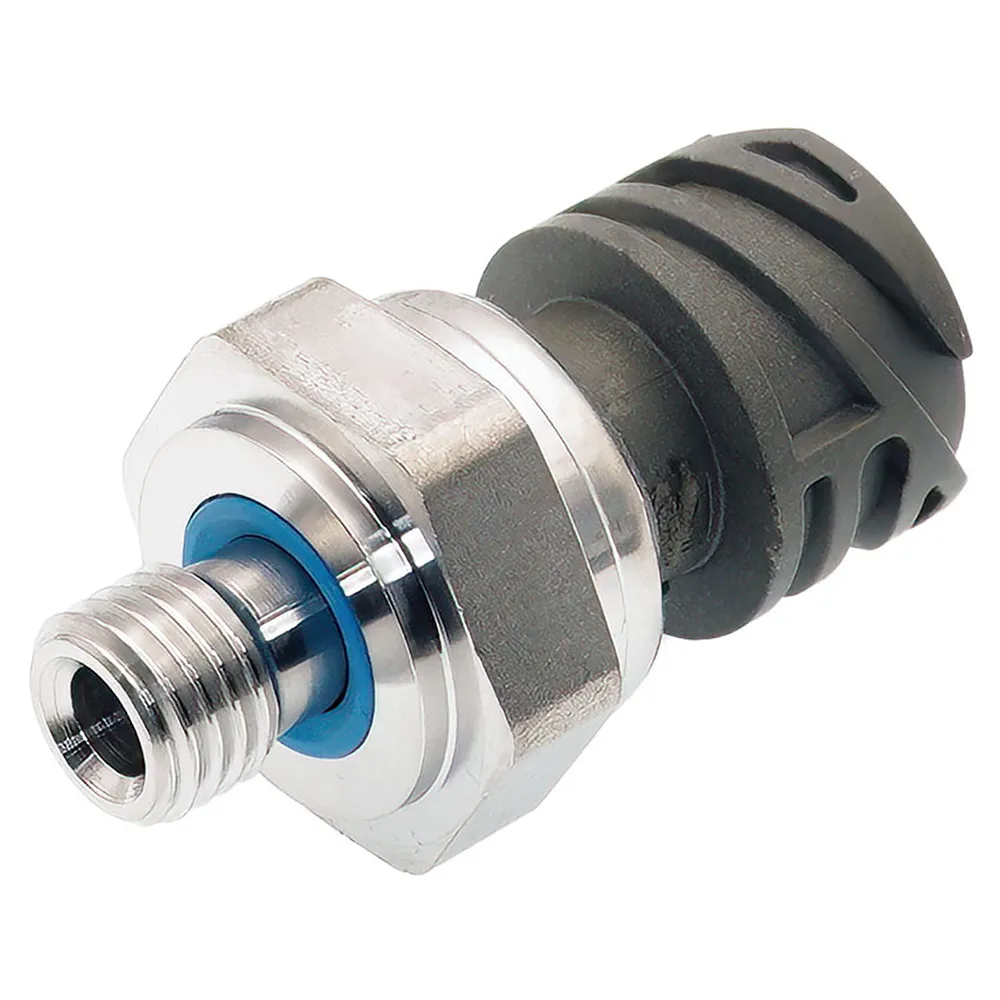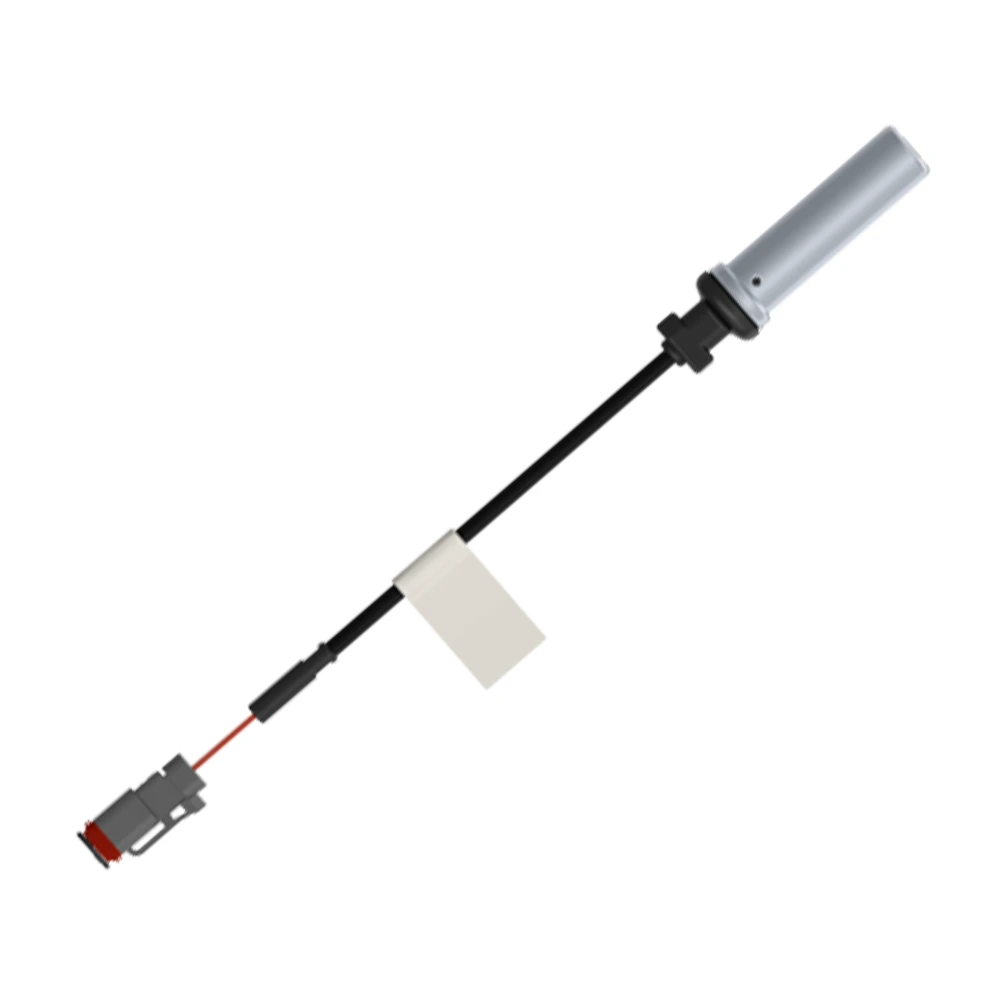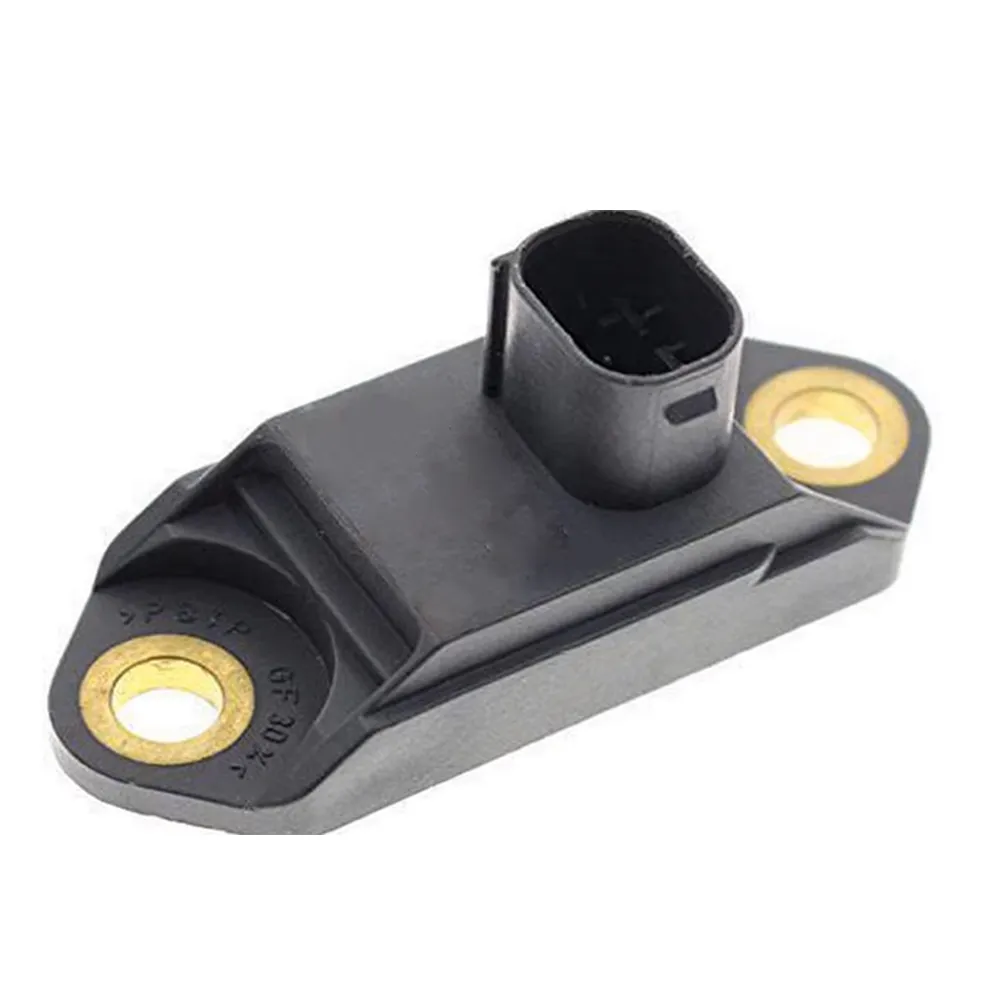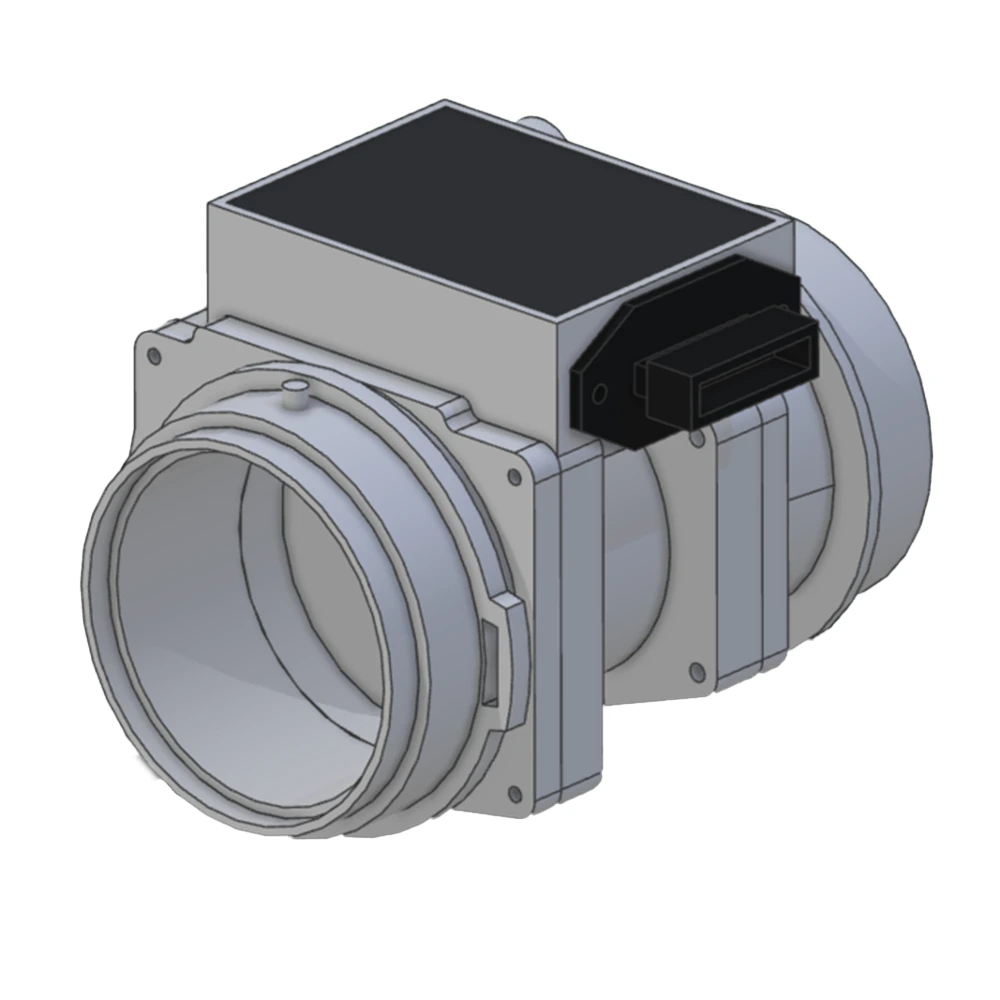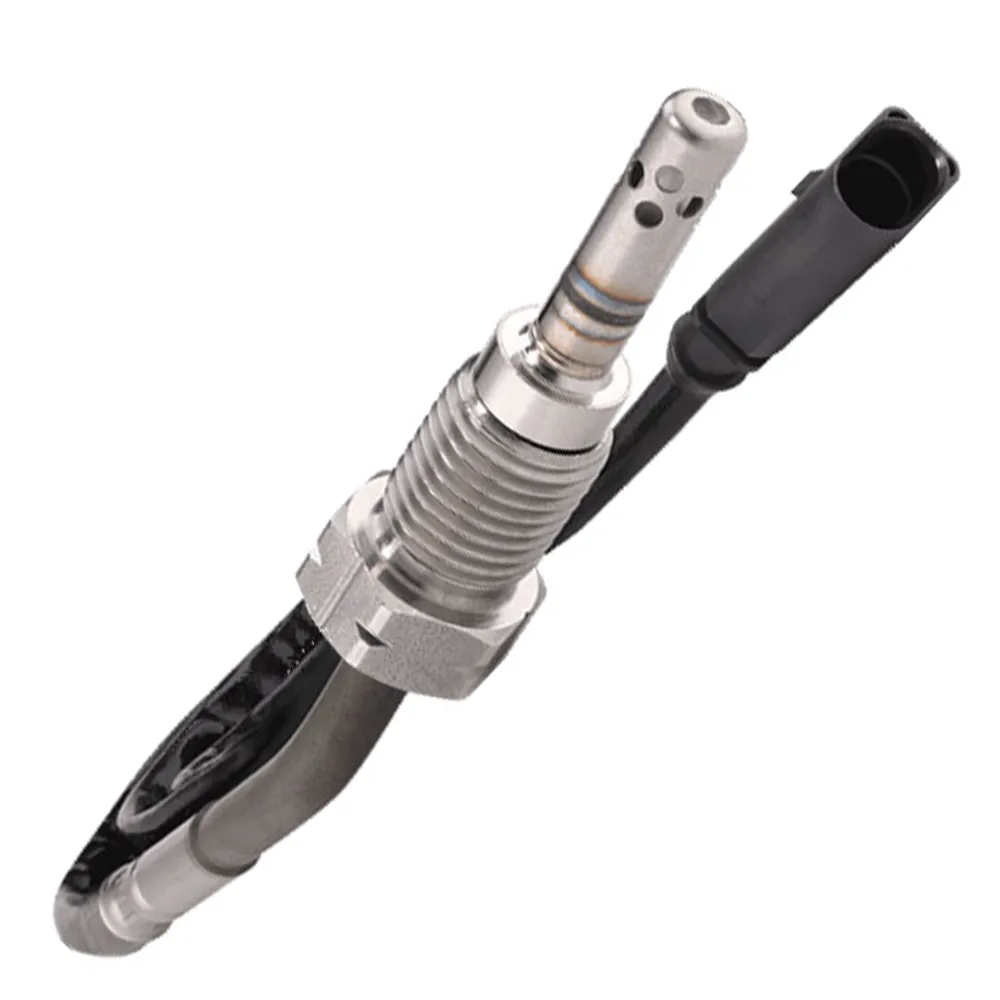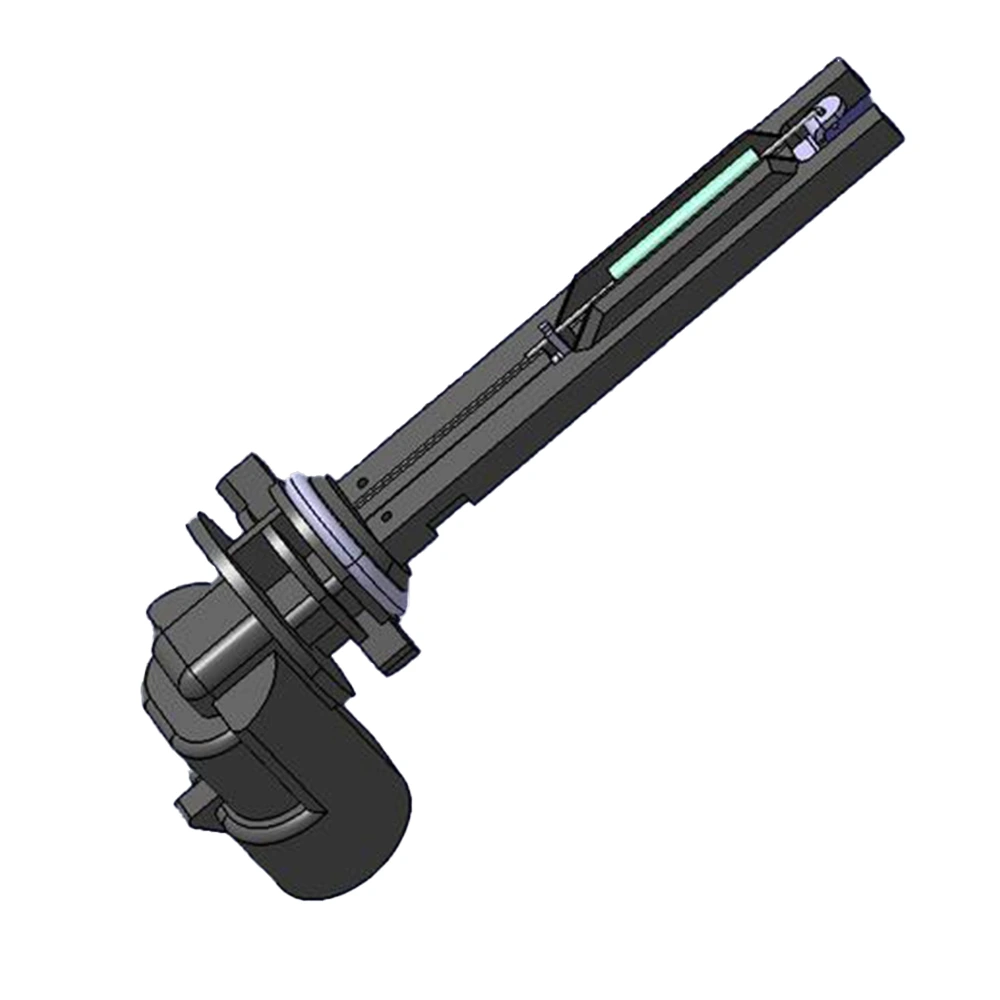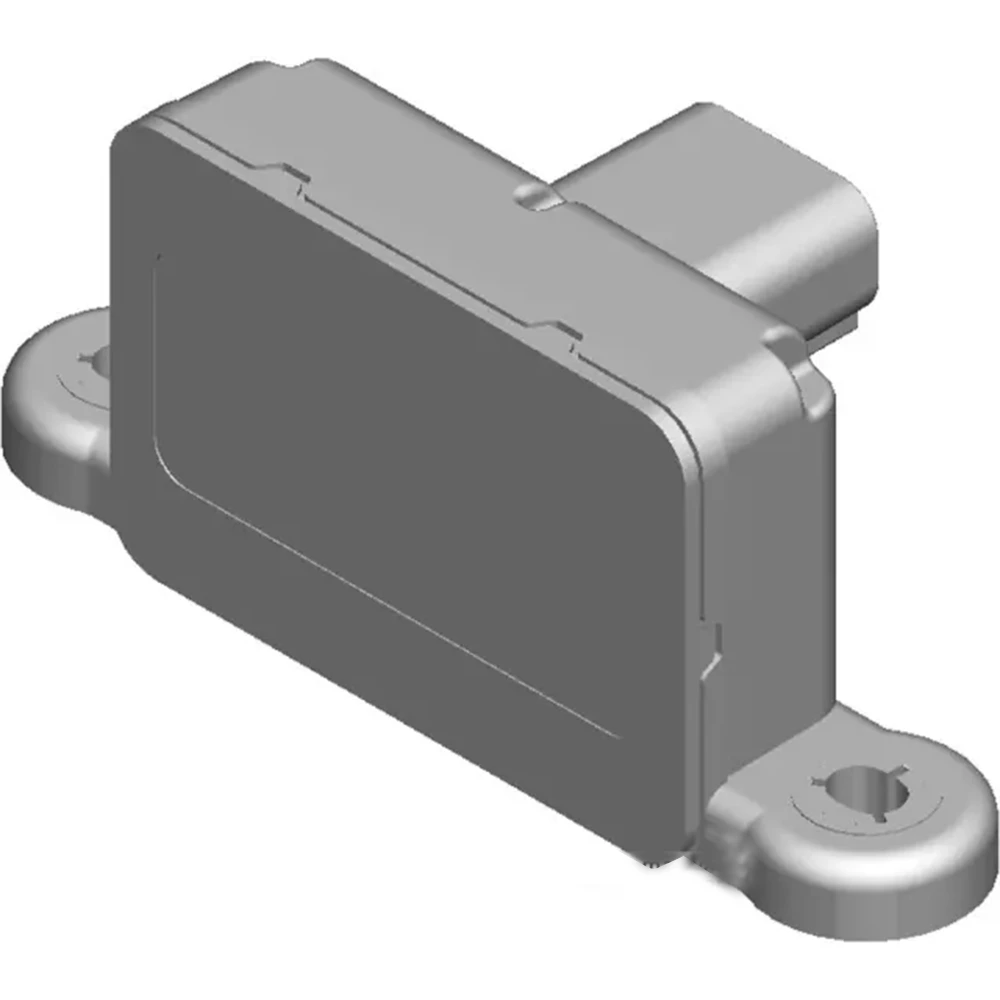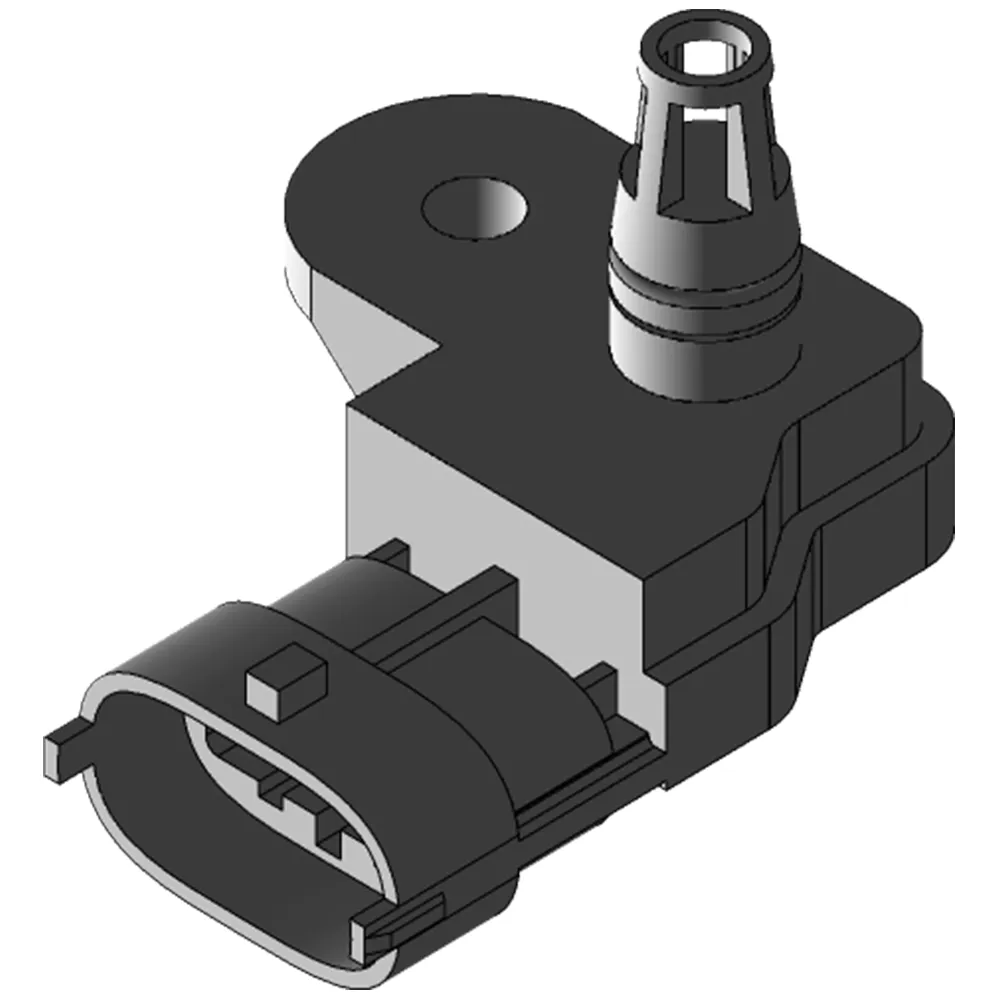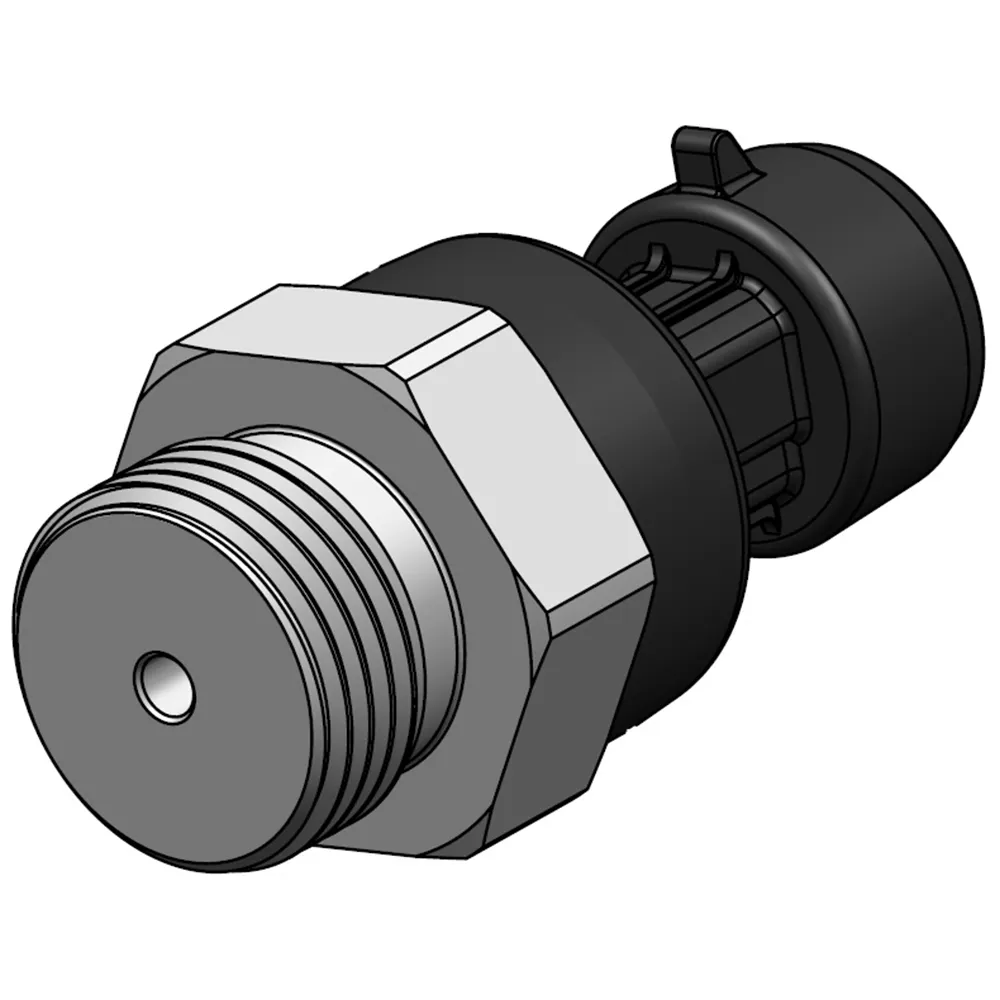Sintomas de falha e possíveis causas
Fumaça preta
- A válvula rotativa/válvula de gatilho de controle de pressão de reforço não fecha
- Sistema de filtro de ar lubrificante
- Compressor ou refrigerador de ar sujo
- Juntas rachadas/ausentes ou soltas na entrada de ar do motor
- Resistência excessiva ao fluxo no sistema de exaustão / vazamento a montante da turbina
- Danos por corpo estranho no compressor ou turbina
- Sistema de combustível/injeção com defeito ou ajustado incorretamente
- Fornecimento insuficiente de óleo no carregador de turfa
- Tubo de sucção e pressão distorcido ou com vazamento
- Carcaça/válvula da turbina danificada
- Danos aos rolamentos do turbo
- Guia de válvula, anéis de pistão, camisas de motor ou cilindro desgastadas/batidas aumentadas
Fumaça azul
- Coque e depósitos no centro do turbocompressor
- Ventilação do cárter bloqueada e distorcida
- Sistema de filtro de ar lubrificante
- Compressor ou refrigerador de ar sujo
- Resistência excessiva ao fluxo no sistema de exaustão / vazamento a montante da turbina
- Tubos de abastecimento e drenagem de óleo obstruídos, vazando ou distorcidos
- Vedação do anel do pistão com defeito
- Danos aos rolamentos do turbo
- Guia de válvula, anéis de pistão, camisas de motor ou cilindro desgastadas/batidas aumentadas
Turbocompressor gera ruído acústico
- Compressor ou refrigerador de ar sujo
- Juntas rachadas/ausentes ou soltas na entrada de ar do motor
- Resistência excessiva ao fluxo no sistema de exaustão / vazamento a montante da turbina
- Vazamento de gás de escape entre o tubo de escape da turbina e o tubo de escape
- Danos por corpo estranho no compressor ou turbina
- Fornecimento insuficiente de óleo no carregador de turfa
- Tubo de sucção e pressão distorcido ou com vazamento
- Carcaça/válvula da turbina danificada
- Danos aos rolamentos do turbo
A pressão de reforço está muito alta
- A válvula rotativa/válvula de gatilho de controle de pressão de reforço não abre
- Sistema de combustível/injeção com defeito ou ajustado incorretamente
- Colete de tubo. Válvula rotativa/válvula de assento com defeito
Compressor/roda da turbina com defeito
- Danos por corpo estranho no compressor ou turbina
- Fornecimento insuficiente de óleo no carregador de turfa
- Carcaça/válvula da turbina danificada
- Danos aos rolamentos do turbo
Vazamento de óleo na turbina
- Coque e depósitos no centro do turbocompressor
- Ventilação do cárter bloqueada e distorcida
- Tubos de abastecimento e drenagem de óleo obstruídos, vazando ou distorcidos
- Vedação do anel do pistão com defeito
- Danos aos rolamentos do turbo
- Guia de válvula, anéis de pistão, camisas de motor ou cilindro desgastadas/batidas aumentadas
Alto consumo de óleo
- Coque e depósitos no centro do turbocompressor
- Ventilação do cárter bloqueada e distorcida
- Sistema de filtro de ar lubrificante
- Compressor ou refrigerador de ar sujo
- Resistência excessiva ao fluxo no sistema de exaustão / vazamento a montante da turbina
- Tubos de abastecimento e drenagem de óleo obstruídos, vazando ou distorcidos
- Vedação do anel do pistão com defeito
- Danos aos rolamentos do turbo
- Guia de válvula, anéis de pistão, camisas de motor ou cilindro desgastadas/batidas aumentadas
Potência insuficiente/pressão de reforço muito baixa
- A válvula rotativa/válvula de gatilho de controle de pressão de reforço não fecha
- Sistema de filtro de ar lubrificante
- Compressor ou refrigerador de ar sujo
- Juntas rachadas/ausentes ou soltas na entrada de ar do motor
- Resistência excessiva ao fluxo no sistema de exaustão / vazamento a montante da turbina
- Danos por corpo estranho no compressor ou turbina
- Sistema de combustível/injeção com defeito ou ajustado incorretamente
- Fornecimento insuficiente de óleo no carregador de turfa
- Colete de tubo. Válvula rotativa/válvula de assento com defeito
- Tubo de sucção e pressão distorcido ou com vazamento
- Carcaça/válvula da turbina danificada
- Danos aos rolamentos do turbo
- Guia de válvula, anéis de pistão, camisas de motor ou cilindro desgastadas/batidas aumentadas
Vazamento de óleo no compressor
- Coque e depósitos no centro do turbocompressor
- Ventilação do cárter bloqueada e distorcida
- Sistema de filtro de ar lubrificante
- Compressor ou refrigerador de ar sujo
- Resistência excessiva ao fluxo no sistema de exaustão / vazamento a montante da turbina
- Tubos de abastecimento e drenagem de óleo obstruídos, vazando ou distorcidos
- Vedação do anel do pistão com defeito
- Danos aos rolamentos do turbo
- Guia de válvula, anéis de pistão, camisas de motor ou cilindro desgastadas/batidas aumentadas
Obtenha suporte total
MOOCAR — como exportador líder, desenvolvemos continuamente soluções inovadoras de sensoriamento e atuação para ajudar a otimizar o controle de emissões, a economia de combustível e a dirigibilidade. Além dos componentes mencionados acima, oferecemos suporte completo de dados e informações de mercado.
[formulário ninja id=2]

